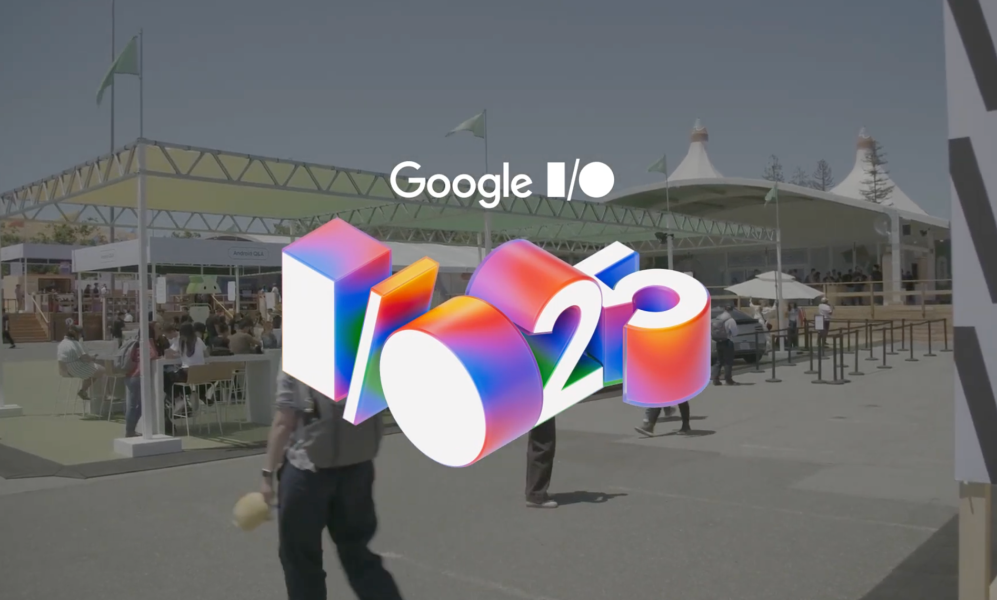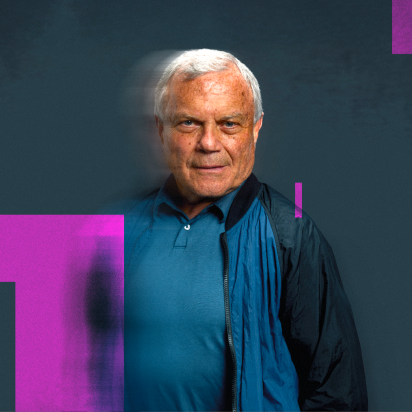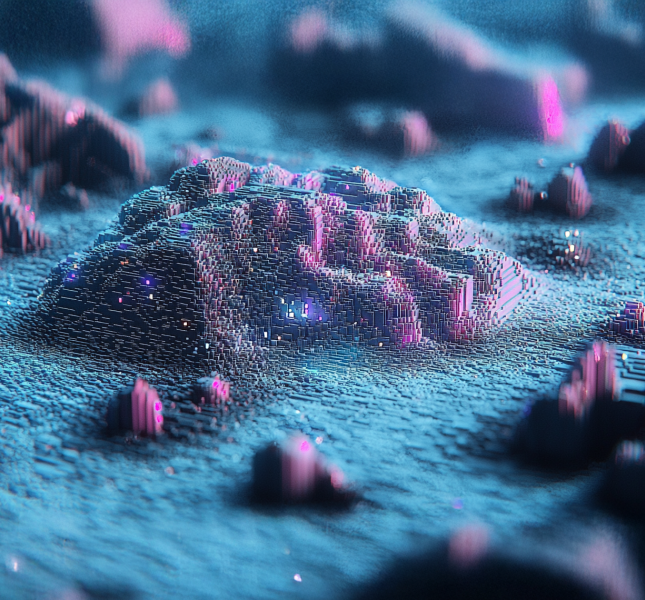Using Clever UI to Lead Users on a Journey, Without Leaving Them Stranded
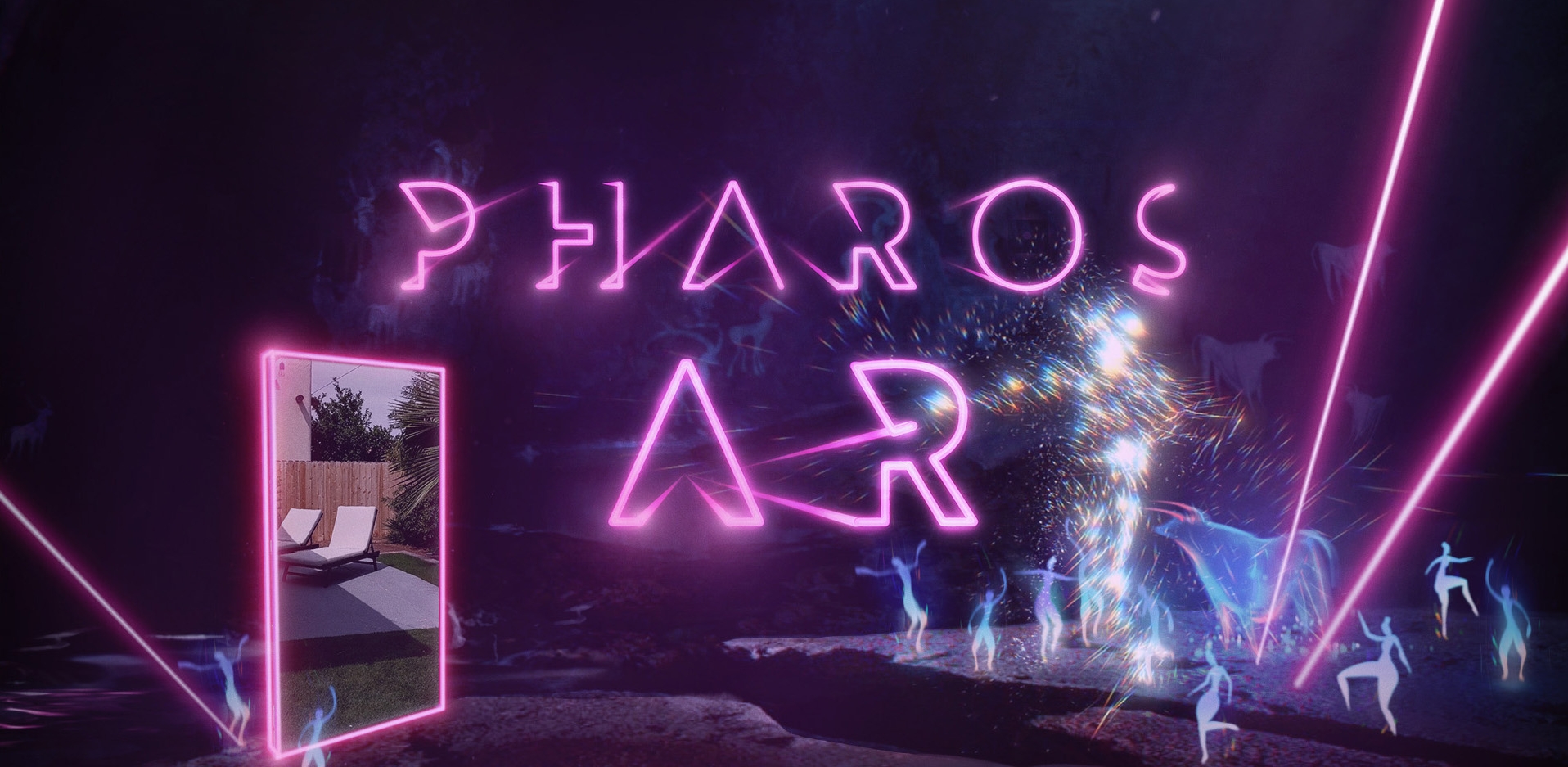
Earlier this summer, we released Pharos AR, a mobile app that takes Childish Gambino fans on a virtual, hallucinogenic journey through the cosmos starting from wherever they stand in the real world. Fans and press alike were impressed by the artist’s bold foray into virtual space.
VentureBeat was excited by the long-term value of the app, for example: “Between the cool visual effects and Glover’s music—which the app will apparently update with new songs over time—there’s certainly enough here to merit a download for fans.” Variety, meanwhile, applauded how well it integrated within the larger Childish Gambino universe: “The whole thing is very spacey, and stays true to Childish Gamibo’s other ‘Pharos’ projects” that have expanded across performances.”
As we see interest build in augmented and mixed reality over the interim, we’re looking back on the project’s development and how multiple parties and team members came together to employ best practices in UI and design, helping everyday users ease into a mysterious–and perhaps technologically overwhelming–new interface without limiting space for play and exploration.
Made in collaboration with Google Zoo, Unity and MediaMonks, it’s the world’s first shared augmented musical experience, allowing multiple users to enjoy a unique, artistic experience together. “This app is a breakthrough for AR,” says Thomas Prevot, Sr. Producer at MediaMonks. “It serves as another outlet for Childish Gambino’s creativity, letting him update his fans with future song releases over the cloud,” says Prevot, explaining how the app fits within the larger Childish Gambino brand.
Pharos AR also showcases the power of the ARCore platform and how it can enable immersive, social storytelling experiences. In particular, it shows off the capabilities of Cloud Anchors, which lets multiple users interact in a shared virtual space–which also makes it fairly unique among AR experiences. The tech’s newness can be intimidating, though: how can apps cultivate an interactive, exploratory experience for those new to AR?
Integrate Brand Familiarity & Digital Ecosystems
Childish Gambino fans will recognize Pharos AR’s light-particle silhouette from a Pixel 3 TV ad, and scenes projected within an enigmatic pair of monoliths at this year’s Coachella festival. These elements are purposefully and artfully executed across touchpoints, and this integration with a pre-existing digital ecosystem helps to make the process of designing for emerging tech more intuitive.
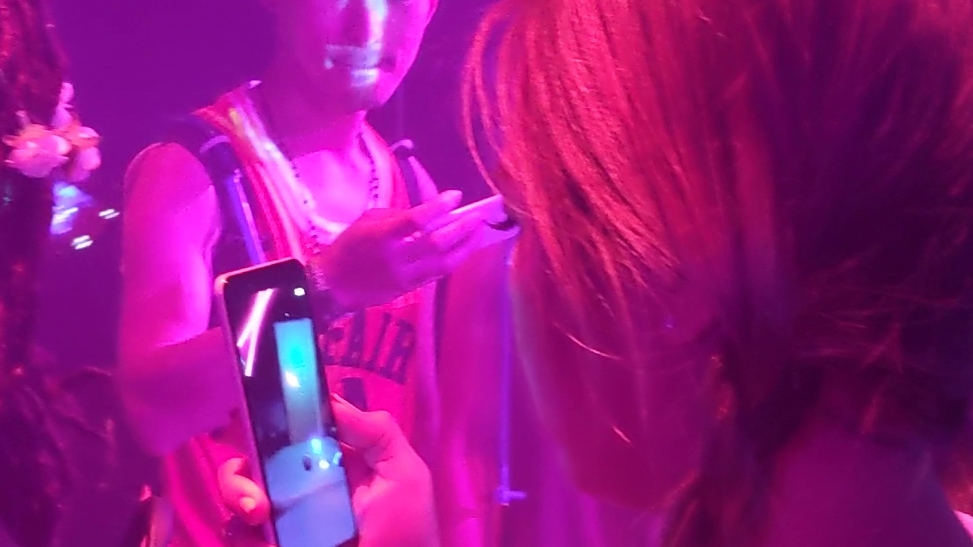
Users were invited to try out the app at Coachella.
From the Pharos Festival to a TV spot to Coachella and beyond, you’ll find the same trademark, psychedelic motifs true to the nature of the artist. This goes to show the potential of AR as a powerful channel to not only engage audiences in an immersive way, but to bridge together the Childish Gambino gospel as well.
Get Intuitive
With AR still being fairly new to some, developers must think carefully about onboarding new users. “Experiences like Pharos AR provide an exciting opportunity for us to help make AR and VR more accessible to wider audiences,” explains Justina Sung, UX Designer at MediaMonks. “If people habitually use their phones a certain way, how do we break out of that to teach them new behaviors for emerging tech like AR?”
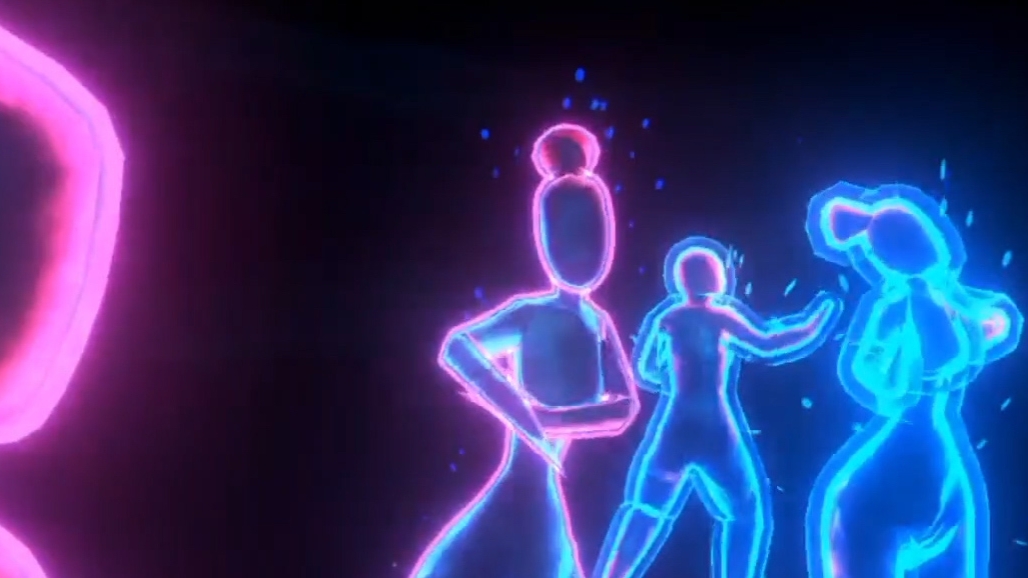
As users explore the surrounding cave, neon dancers come to life around the fire.
Inspired by Childish Gambino’s spirit of ambiguity and minimalism, the app integrates a sensory communication method, instead of verbal directions, to onboard. “Most app tutorials task the user with swiping through instructional cards, but we made it feel like the title sequence of a movie,” says Alex Otto, Associate Creative Director at MediaMonks. When users first open the app, for example, a pink laser beam dynamically snakes through space and into icons that illustrate next steps. “It’s designed to give off a mysterious feeling that builds up layers of suspense,” says Otto.
Direct Users Through Environmental Storytelling
Because AR rewards users through exploration, designing for it requires a careful balance between providing freedom versus direction. “It’s important that the design gives fans room to explore on their own to find meaning, using subtle environmental cues that nudge users in the right direction,” says Sung.
In Pharos AR, the scene gradually dims as users discover hidden glyphs on the cave walls. This nudges them to shift their focus to the altar, which lights up as users discover more paintings—a bit like a progress bar. Other cues include haptic feedback and the gradual, sonic buildup to Childish Gambino’s song “Algorythm,” which released through the app.
AR is a powerful platform for brands to tell their stories and engage directly with key audiences. In the case of Pharos AR, the technology provides users a chance to embark on a wild, immersive journey that encapsulates Childish Gambino’s message of enlightenment. As the first interactive, shared musical experience in AR, the experience truly pushes the limits on what can be achieved—inspiring brands and artists alike to consider what’s possible.
Related
Thinking
Sharpen your edge in a world that won't wait
Sign up to get email updates with actionable insights, cutting-edge research and proven strategies.
Monks needs the contact information you provide to us to contact you about our products and services. You may unsubscribe from these communications at any time. For information on how to unsubscribe, as well as our privacy practices and commitment to protecting your privacy, please review our Privacy Policy.

